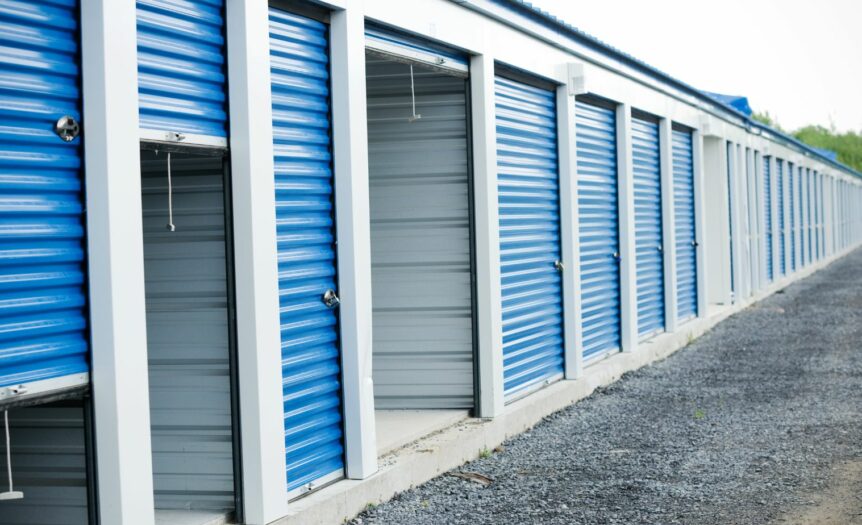In the midst of a space-hungry urban society, storage units are gaining traction as a must-have for renters and homeowners alike. Akin to a secret drawer or an extra closet, they cater to those who require more space without the permanence of moving homes or undertaking renovations. Particularly, on-site storage units, like those in building basements, garages, or garden sheds, are seeing a surge in popularity. But as with any amenity, there are advantages and drawbacks. Below, we delve into the pros and cons of having a storage unit on-site.
Pros of Having an On-Site Storage Unit
● Convenience: Perhaps the most evident advantage is the ease of access. Whether you’re fetching seasonal clothes, pulling out gardening tools, or retrieving holiday decorations, having your items stored on-site means you don’t need to make a trip to an off-site facility.
● Cost-Effective: While many off-site storage facilities may charge a hefty monthly fee, on-site storage in a building’s basement or garden shed often comes as a part of your rental package or as an added amenity without significant extra costs.
● Safety and Security: Being in proximity to your residence, there’s an added layer of security. You’re familiar with the surroundings, the people accessing the premises, and any security measures put in place by the building management.
● Environmentally Friendly: By utilizing existing spaces like basements or garden sheds, there’s reduced need for constructing new facilities, leading to a lesser carbon footprint.
● Consolidation: Storing your items on-site provides an opportunity to keep a check on what you own, ensuring that items aren’t lost or forgotten in far-flung storage units.
Cons of Having an On-Site Storage Unit
● Limited Space: On-site storage units may not always be as expansive as off-site ones. Depending on the building’s design or the size of your garden shed, you might find the space restrictive.
● Potential for Clutter: With accessibility comes the possibility of clutter. It’s easy to use the on-site storage unit as a dumping ground for items you’re not sure about, leading to unnecessary hoarding.
● Possible Pest Infestation: Basements and garden sheds are often more susceptible to pests than more regularly inhabited areas of a property.
● Environmental Concerns: A basement might be damp, and a garden shed may not be weather-proofed, potentially damaging items stored within.
● Security Issues: While you may feel safer with an on-site unit, it could also lead to complacency about security, leaving your belongings at risk.
The Significance of Insurance for On-Site Storage Units
It’s a common misconception that belongings stored outside the primary living space are not covered by renters insurance. The reality is that your off-site storage units are covered by most policies. Does the same apply to basement or garden shed storage that’s on the property?

The good news is, your renters insurance will cover on-site storage as it would any items stored elsewhere.

This brings peace of mind to many renters and homeowners who utilize on-site storage units. It underscores the importance of thoroughly reading and understanding your insurance policy. Ensuring that your items, irrespective of where they are stored on the property, are insured can save a lot of heartaches and financial loss in unforeseen circumstances.
Conclusion
On-site storage units, whether they manifest as spacious basements, quaint garden sheds, or unused garages, are a boon for many urban dwellers craving additional space. The sheer convenience of having your belongings just a step away, combined with the safety of being in familiar surroundings, undeniably adds to the allure of these units. Furthermore, the cost-effectiveness that often accompanies on-site units is a compelling factor, especially when compared to the recurring costs of off-site facilities.
However, as we’ve explored, these benefits come with their own set of challenges. The potential for limited space means you might find yourself making tough decisions about what to keep and what to discard. Accessibility is not always desirable and there are environmental factors to consider as well.
In essence, while on-site storage units are undoubtedly beneficial, it’s imperative to approach them with a balanced perspective. Being aware of their potential drawbacks ensures you can make the most of their advantages, harmoniously integrating them into your living space.








